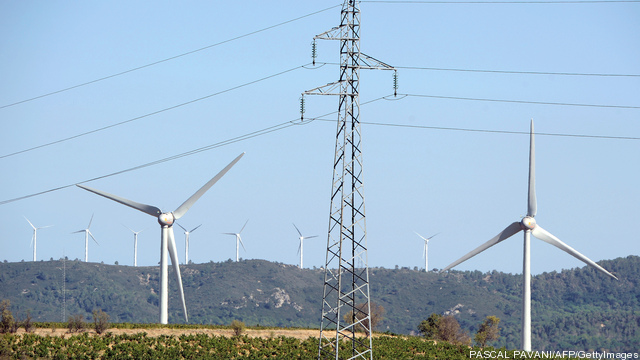
More than two weeks have passed since Hurricane Sandy brought the Eastern Seaboard to a standstill. Although life is slowly returning to normal, Sandy joins a long series of painful reminders of how dependent 21st century America is on reliable electricity: it powers nearly every facet of our lives. The potential silver lining in the wake of Sandy’s devastation is the influx of interest in our outdated and inadequate transmission grid, highlighting long ignored issues from the benefits of buried transmission lines to the importance of an integrated, redundant, resilient grid – built to withstand even Sandy’s fury.
A robust and modern electric grid is also essential for taking advantage of America’s unmatched renewable energy resources. Wind and sunlight cannot be delivered to customers from their best sources – mostly remote areas and offshore – using railcars and pipelines like coal, oil, and gas; they need transmission lines. In the Southeast, where wind and solar are relatively scarce, transmission lines are critical for bringing cheap and abundant renewable resources from other regions. The Tennessee Valley Authority (TVA), which provides power to nearly all of Tennessee and other Southeastern areas, is now importing wind power from eight wind farms in the Midwest. Alabama Power, a subsidiary of Atlanta-based Southern Company, last year made one of the largest wind purchases ever from producers in Oklahoma. Keep reading →








 IBM and ESB pioneering a smart charging IT system for electric vehicles in Ireland with Peter O’Neill, IBM country general manager Ireland; ESB chief executive Pat O’Doherty; and Minister for Jobs, Enterprise and Innovation, Richard Bruton, TD, launching details of the project.
IBM and ESB pioneering a smart charging IT system for electric vehicles in Ireland with Peter O’Neill, IBM country general manager Ireland; ESB chief executive Pat O’Doherty; and Minister for Jobs, Enterprise and Innovation, Richard Bruton, TD, launching details of the project.